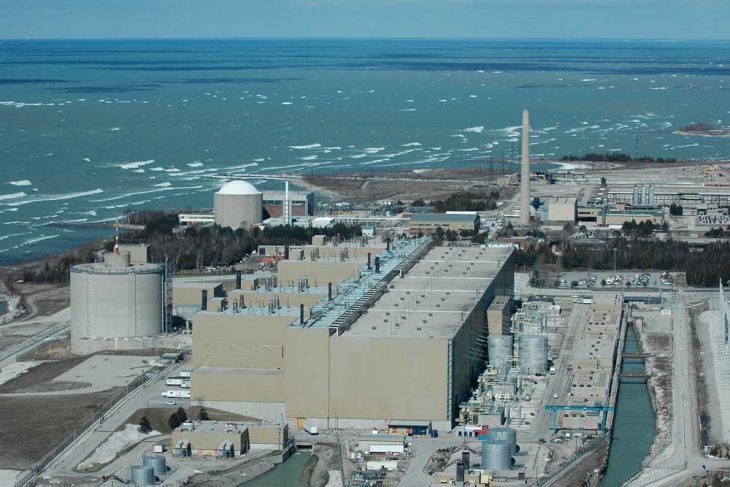
OTTAWA and TIVERTON, ON – Ontario nuclear generating facility Bruce Power has asked the CRTC to order wireless service providers to carry and deliver emergency public alerts to all Canadians with mobile phones by September 30, 2015.
In a letter dated May 29 and addressed to CRTC secretary general John Traversy, Bruce Power noted that the Commission’s mandatory distribution of emergency alert messages in 2014 only applied to broadcasters, as it waits on the outcomes of voluntary activities like the CRTC Interconnection Steering Committee’s work on developing a Wireless Public Alerting System (WPAS) using cell broadcast technology on LTE networks.
“This work is beneficial, however it is futuristic in nature and the process is too slow and lengthy leaving Canadians at risk”, reads the application, signed by Bruce Power VP of nuclear oversight and regulatory affairs, Frank Saunders. “Time will be required to ensure a robust system is in place that captures all Canadians as a means to provide wireless public alerting, otherwise it will discriminate against those who have not subscribed to upgrades and purchased compatible phones, LTE SIM cards and voice/data service. This would be contrary to section 27(2) of the Telecommunications Act.”
Noting that Australia, for example, has a location-based SMS (text messaging) alert system in place, Bruce Power detailed the results of a successful location-based SMS test it conducted last November, which it says proves that a wireless emergency alerting system could be implemented in Canada today on current wireless phones and networks. As part of that test, Bruce Power worked with the province of Ontario, Pelmorex Media (which runs the broadcast alerting system), FutureShield and Telus to send Telus' wireless subscribers located within about 10 kilometres of the Bruce Power site free SMS messages.
“A gap remains in the ability of emergency officials to alert the public of emergencies when they are neither near their landline phone or able to hear a radio/television broadcast alert." – Bruce Power
Calling emergency preparedness integral to its entire operations, Bruce Power said that it is “keenly interested in supporting the implementation of a wireless public alerting system".
“… a gap remains in the ability of emergency officials to alert the public of emergencies when they are neither near their landline phone or able to hear a radio/television broadcast alert", the application continues. “Given the popularity and use of mobile devices by the Canadian public and the tendency for Canadians to carry these devices wherever they go, it is very important to be able to deliver emergency alerts to mobile devices such that Canadians can be warned when there is an immediate threat to their life or safety.”
Canada’s first private nuclear generator, Bruce Power operates on a 2,300-acre site on the shores of Lake Huron, north of Tiverton, housing the Bruce A and B generating stations which each hold four CANDU reactors. It is the source of roughly 30% of Ontario’s electricity.



